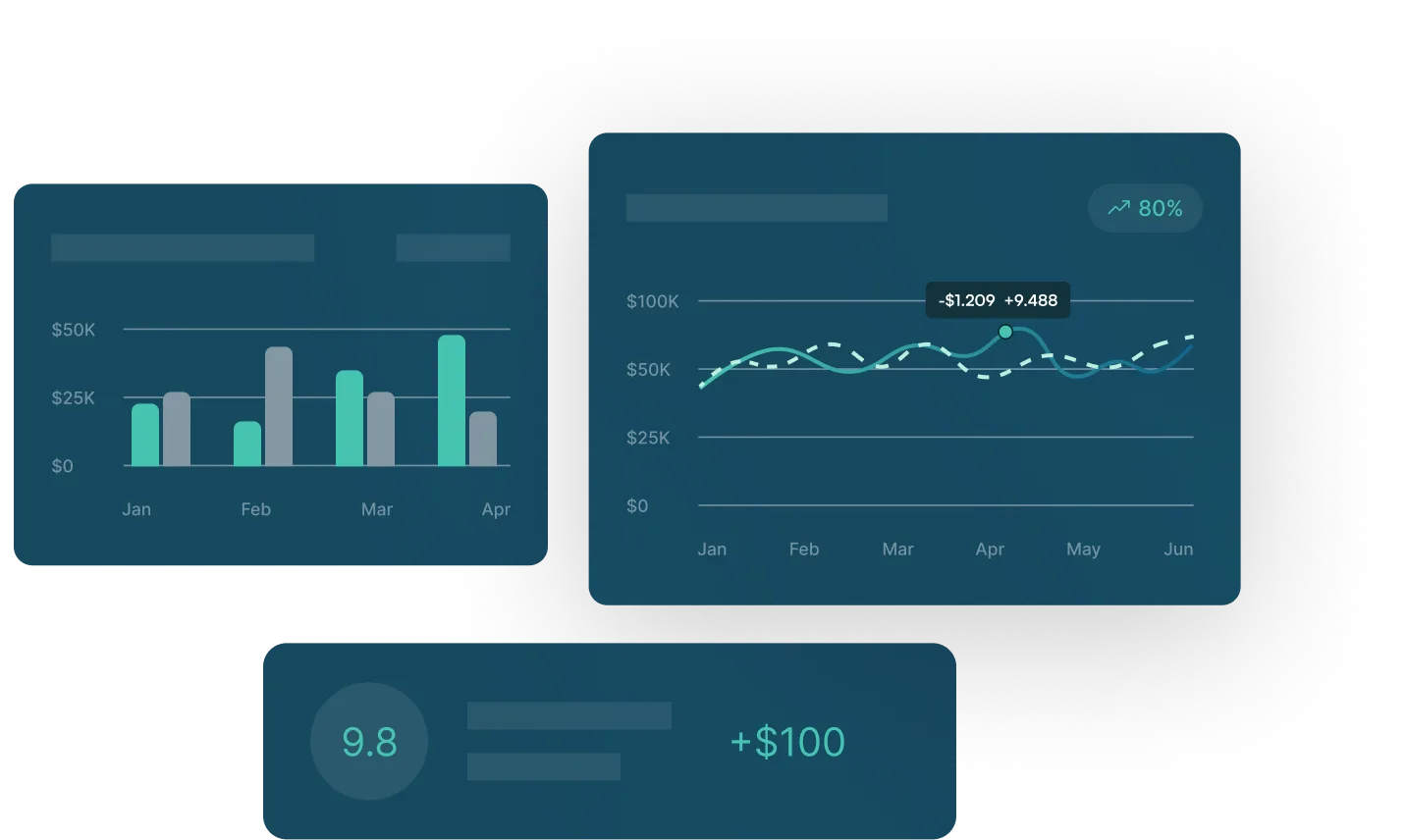Currency Exposures and Common Hedge Types


Currency movements affect internationally operating companies in many different ways.
For example, when a U.S.-based firm sells goods and services in a foreign currency, their USD cash results fluctuate in relation to that foreign currency. When they consolidate foreign subsidiaries’ financials for reporting purposes, currency changes again impact their USD results. And when forward looking forecasts are made from foreign activities, the actual USD results will change based on currency movements.
Currency risk comes in many forms, depending on the level of exposure a company has to a foreign currency. Corporations consider three types in particular for hedging:
1. Transaction Risk (aka Balance Sheet Risk)
Transaction risk is the most commonly hedged currency risk. It results from transactions recorded on the balance sheet in a currency other than the entity’s functional currency.
For example, a sale out of the U.S. denominated in Japanese yen (JPY) will create currency risk between the accounting rate at which the transaction/receivable is recorded and the eventual conversion of the JPY cash received into USD cash. The change in value based on exchange rates is recorded to foreign currency gain/loss on the income statement. If no hedge is used, then the amount of cash received in USD will only be known at the time of currency conversion.
Companies usually use a forward foreign currency contract as a Balance Sheet hedge to offset this type of currency risk. Gains from the hedge offset losses on the exposure and vice versa in income. The hedge neutralizes the P&L, but it also locks in the USD value of the JPY receivable from hedge inception to USD cash conversion.
2. Economic Risk (aka Cash Flow Risk)
Economic risk (or Cash Flow risk) is the result of a future transaction’s impact on company financials. These are typically forecasted revenues and expenses denominated in a currency other than the entity’s functional currency.
A classic example of a Cash Flow exposure is when financial planning and analysis (FP&A) determines next year’s budget and must forecast future exchange rates to convert the foreign forecasts into USD for management reporting. Currency rate changes between the creation of the forecast (currency rates used) and the recording of the actual transactions (using those future current currency rates) will impact company margins.
It’s more and more common for corporations to hedge Cash Flow risk as a way to protect margins and improve competitiveness. This type of hedge also utilizes special hedge accounting rules under ASC 815.
3. Translation Risk (aka Net Investment Risk)
Translation risk occurs from the process of consolidating foreign subsidiary financials denominated in a currency other than USD into USD for reporting purposes.
Foreign denominated financials use accounting rules called “translation” under ASC 830 to convert the income statement and balance sheet of the subsidiary into USD based financials, which are then added together into a consolidated report. When companies translate a subsidiary’s results, the net investment (or loss) value of the subsidiary fluctuates in USD terms.
For example, if a company is looking to divest a Japanese subsidiary in the future that’s worth $1M today, it might hedge that net investment into USD to fix the $1M valuation. That way, when the future divestiture occurs, the JPY net investment value will not fall below the $1M expected proceeds.
Companies hedge this type of risk with what’s called a Net Investment hedge. This type of hedge utilizes special hedge accounting rules under ASC 815.
Conclusion
Of the three main types of currency risk — Transaction, Economic and Translation — Transaction (Balance Sheet) risk is hedged most often by corporations.
Economic (Cash Flow) risk is hedged strategically to set budget rates, smooth future revenues/expenses and protect product and/or operating margins.
Translation (Net Investment) hedges are used sparingly, but they are important tools under certain circumstances — such as fixing the USD value of a subsidiary or to maintain a debt covenant that uses equity (or net investment) as part of its calculation.
Both Cash Flow and Net Investment hedges utilize special accounting rules and designations while Balance Sheet hedges do not.
Currency Exposures and Common Hedge Types
Currency movements affect internationally operating companies in many different ways.
For example, when a U.S.-based firm sells goods and services in a foreign currency, their USD cash results fluctuate in relation to that foreign currency. When they consolidate foreign subsidiaries’ financials for reporting purposes, currency changes again impact their USD results. And when forward looking forecasts are made from foreign activities, the actual USD results will change based on currency movements.
Currency risk comes in many forms, depending on the level of exposure a company has to a foreign currency. Corporations consider three types in particular for hedging:
1. Transaction Risk (aka Balance Sheet Risk)
Transaction risk is the most commonly hedged currency risk. It results from transactions recorded on the balance sheet in a currency other than the entity’s functional currency.
For example, a sale out of the U.S. denominated in Japanese yen (JPY) will create currency risk between the accounting rate at which the transaction/receivable is recorded and the eventual conversion of the JPY cash received into USD cash. The change in value based on exchange rates is recorded to foreign currency gain/loss on the income statement. If no hedge is used, then the amount of cash received in USD will only be known at the time of currency conversion.
Companies usually use a forward foreign currency contract as a Balance Sheet hedge to offset this type of currency risk. Gains from the hedge offset losses on the exposure and vice versa in income. The hedge neutralizes the P&L, but it also locks in the USD value of the JPY receivable from hedge inception to USD cash conversion.
2. Economic Risk (aka Cash Flow Risk)
Economic risk (or Cash Flow risk) is the result of a future transaction’s impact on company financials. These are typically forecasted revenues and expenses denominated in a currency other than the entity’s functional currency.
A classic example of a Cash Flow exposure is when financial planning and analysis (FP&A) determines next year’s budget and must forecast future exchange rates to convert the foreign forecasts into USD for management reporting. Currency rate changes between the creation of the forecast (currency rates used) and the recording of the actual transactions (using those future current currency rates) will impact company margins.
It’s more and more common for corporations to hedge Cash Flow risk as a way to protect margins and improve competitiveness. This type of hedge also utilizes special hedge accounting rules under ASC 815.
3. Translation Risk (aka Net Investment Risk)
Translation risk occurs from the process of consolidating foreign subsidiary financials denominated in a currency other than USD into USD for reporting purposes.
Foreign denominated financials use accounting rules called “translation” under ASC 830 to convert the income statement and balance sheet of the subsidiary into USD based financials, which are then added together into a consolidated report. When companies translate a subsidiary’s results, the net investment (or loss) value of the subsidiary fluctuates in USD terms.
For example, if a company is looking to divest a Japanese subsidiary in the future that’s worth $1M today, it might hedge that net investment into USD to fix the $1M valuation. That way, when the future divestiture occurs, the JPY net investment value will not fall below the $1M expected proceeds.
Companies hedge this type of risk with what’s called a Net Investment hedge. This type of hedge utilizes special hedge accounting rules under ASC 815.
Conclusion
Of the three main types of currency risk — Transaction, Economic and Translation — Transaction (Balance Sheet) risk is hedged most often by corporations.
Economic (Cash Flow) risk is hedged strategically to set budget rates, smooth future revenues/expenses and protect product and/or operating margins.
Translation (Net Investment) hedges are used sparingly, but they are important tools under certain circumstances — such as fixing the USD value of a subsidiary or to maintain a debt covenant that uses equity (or net investment) as part of its calculation.
Both Cash Flow and Net Investment hedges utilize special accounting rules and designations while Balance Sheet hedges do not.

See GTreasury in Action
Get connected with supportive experts, comprehensive solutions, and untapped possibility today.






























.png)





.png)
.png)







.png)












.jpeg)

.jpeg)


.jpeg)







.jpeg)

.jpeg)





.jpeg)


.jpeg)

.jpeg)








.jpeg)


.jpg)





.jpg)

.jpg)





